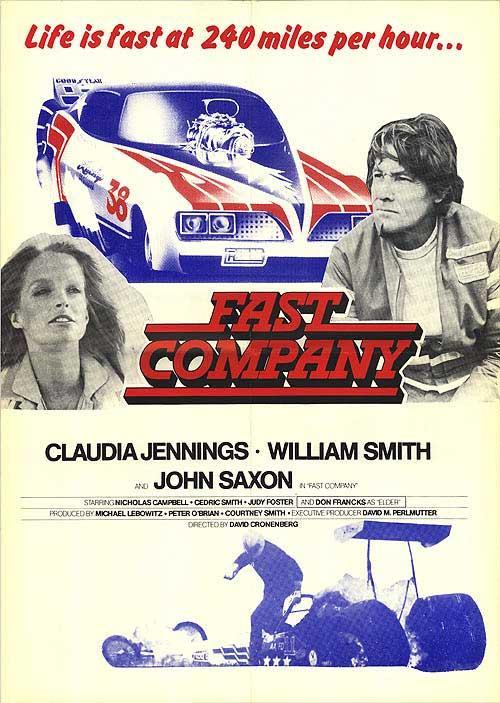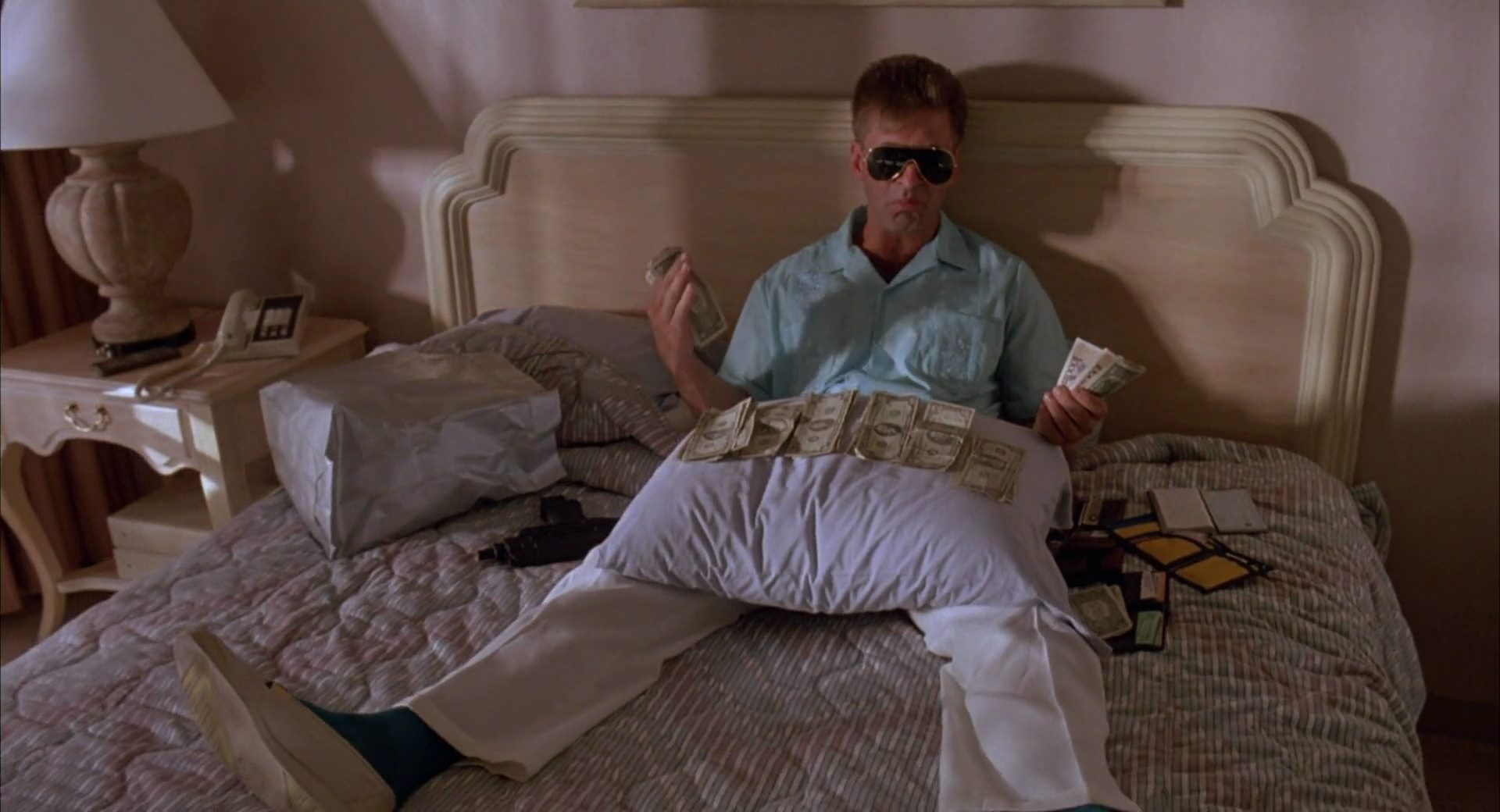Ten Things, 2023-09 (Short Good Secret Edition)

Here are ten things.
Only this time, the ten things are all movies I consider Short Good Secret All-Stars.
- Ape (2012, comedy, colour, 86 minutes). Writer/director Joel Potrykus is gifted at weaving a very specific flavour of flyover-state ennui into acidic slacker doofus comedy gold. And here, his muse, Buster Keaton lookalike par excellence Joshua Burge, farts around, does shitty stand-up comedy, sets things on fire, listens to old-school rap/metal, wonders why everything sucks, and decides to make it everyone else's problem. Available on Mubi (and Kanopy in the US).
- Avengement (2019, action, colour, 88 minutes). The crown jewel in the collaboration between English direct-to-video action lifer Jesse V. Johnson and the great Scott Adkins, possibly the most exciting fighter in the movies. Sits proudly atop the throne Guy Ritchie abdicated ages ago. Available on Netflix.
- Dementia (1955, horror, b&w, 56 minutes). The other 1955 one-and-done, courtesy of aspiring producer and theatre-chain scion John Parker, is the epitome of “jazz horror.” A splintered avant-garde blast of urban decay and psychosexual paranoia. You will never look at a cello the same way again. Available on Tubi.
- Fast Company (1979, action, colour, 91 minutes). A strange slice of auteur juvenalia: an early for-hire gig by body-horror master David Cronenberg that's... basically a Burt Reynolds movie? It's literally about a drag racer played by William Smith taking on his crooked sponsors, which may be the least Cronenbergian logline imaginable. But it does have former Playmate of the Month Claudia Jennings in a lead role, sick-nasty footage of cars going fast, a cute diet-Springsteen theme song, and a delightfully slimy supporting turn by CanCon All-Star Nicholas Campbell. Also John Saxon is here! Available on Tubi (and Kanopy in the US).
- Furious (1984, action, colour, 71 minutes). A fractured, hallucinogenic no-budget fantasy martial arts jam shot in six days and starring legendary stuntman Simon Rhee. There's some surprisingly sturdy combat on display (Rhee and his brother Phillip are talented; the students from their dojo are less so), but the plot, tone, score, and pacing make absolutely no sense, and that anything-can-happen reach-exceeding-grasp energy is part of the reason I find this movie fascinating. Available on Tubi and YouTube.
- Last and First Men (2020, sci-fi, b&w, 72 minutes). The sole directorial effort from the late composer Jóhann Jóhannsson is a post-rock elegy for the living, and Tilda Swinton is the one delivering the eulogy. It's based on a heady British “future history” novel from the early 1930s and the whole thing is rendered in power shots of various World War II memorials in the former Yugoslavia. Majestic stuff. Available on Mubi.
- Night Tide (1961, horror, b&w, 84 minutes). Curtis Harrington, a mentee of Maya Deren and acolyte of Kenneth Anger, had been making avant-garde shorts for nearly 20 years by the time Night Tide was released, and it shows: there's a choppy, narcotic quality to this movie, which feels like the sun-kissed Cali version of Carnival of Souls. Only here it's mermaids, not zombies, and oh yeah, Dennis Hopper is the lead. Available on Prime, Mubi, Plex, and Tubi.
- Secret Honor (1984, drama, colour, 90 minutes). Philip Baker Hall as an armed-and-drunk Richard Nixon loudly monologuing in the Oval Office while his own tape machines record his breakdown. Robert Altman's peak between 3 Women and The Player. Available on the Criterion Channel.
- Son of the White Mare (1981, animation, colour, 86 minutes). Director Marcell Jankovics's best-known work in North America is likely 1974's Sisyphus, mostly because it was used in a GMC ad aired during Super Bowl XLII (aka the Eli Manning Combo Breaker). But Son of the White Mare, a full-blown psychedelic interpretation of a Hungarian creation myth, deserves some shine. Available on Kanopy in the US.
- Tread (2019, documentary, colour, 88 minutes). There is nothing more dangerous on the face of the earth than a man with a Certain Set of Skills who feels he has been wronged somehow, because that man could be Marvin Heemeyer, who built a goddamn tank in his garage and turned it loose onto his “enemies.” The only thing more astonishing than the footage of the mayhem is the Hall of Fame-level staying mad on display. Available on Netflix.
